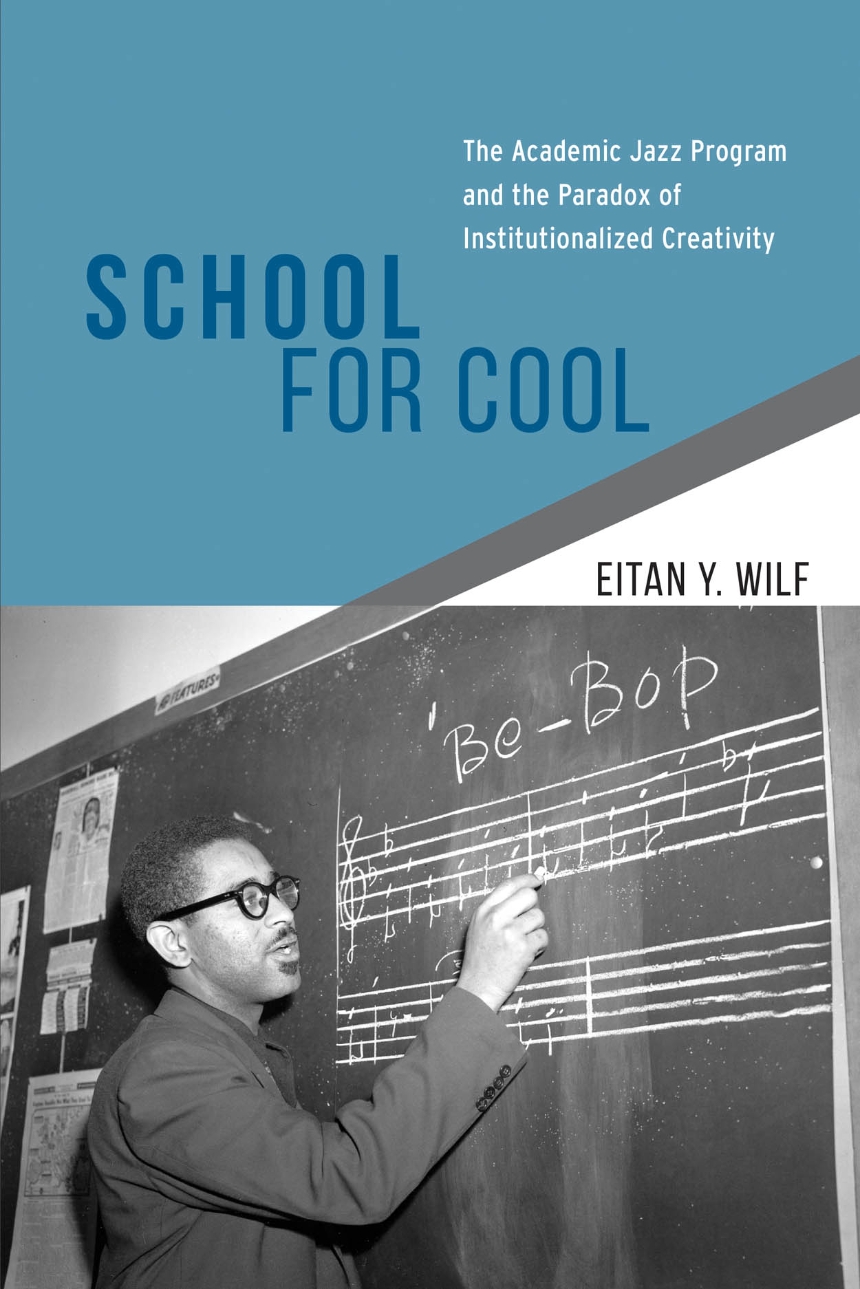School for Cool
The Academic Jazz Program and the Paradox of Institutionalized Creativity
9780226125190
9780226125053
9780226125220
School for Cool
The Academic Jazz Program and the Paradox of Institutionalized Creativity
Jazz was born on the streets, grew up in the clubs, and will die—so some fear—at the university. Facing dwindling commercial demand and the gradual disappearance of venues, many aspiring jazz musicians today learn their craft, and find their careers, in one of the many academic programs that now offer jazz degrees. School for Cool is their story. Going inside the halls of two of the most prestigious jazz schools around—at Berklee College of Music in Boston and the New School for Jazz and Contemporary Music in New York—Eitan Y. Wilf tackles a formidable question at the heart of jazz today: can creativity survive institutionalization?
Few art forms epitomize the anti-institutional image more than jazz, but it’s precisely at the academy where jazz is now flourishing. This shift has introduced numerous challenges and contradictions to the music’s practitioners. Solos are transcribed, technique is standardized, and the whole endeavor is plastered with the label “high art”—a far cry from its freewheeling days. Wilf shows how students, educators, and administrators have attempted to meet these challenges with an inventive spirit and a robust drive to preserve—and foster—what they consider to be jazz’s central attributes: its charisma and unexpectedness. He also highlights the unintended consequences of their efforts to do so. Ultimately, he argues, the gap between creative practice and institutionalized schooling, although real, is often the product of our efforts to close it.
Few art forms epitomize the anti-institutional image more than jazz, but it’s precisely at the academy where jazz is now flourishing. This shift has introduced numerous challenges and contradictions to the music’s practitioners. Solos are transcribed, technique is standardized, and the whole endeavor is plastered with the label “high art”—a far cry from its freewheeling days. Wilf shows how students, educators, and administrators have attempted to meet these challenges with an inventive spirit and a robust drive to preserve—and foster—what they consider to be jazz’s central attributes: its charisma and unexpectedness. He also highlights the unintended consequences of their efforts to do so. Ultimately, he argues, the gap between creative practice and institutionalized schooling, although real, is often the product of our efforts to close it.
288 pages | 1 line drawing | 6 x 9 | © 2014
Anthropology: Cultural and Social Anthropology
Education: Education--General Studies
Music: General Music
Sociology: Sociology of Arts--Leisure, Sports
Reviews
Table of Contents
Acknowledgments
1 Introduction: The Academic Jazz Program as a Hybrid
2 Contexts and Histories: The Search for Cultural Legitimacy and the Reconfiguration of Obsolete Jazz Scenes
3 “Think-Tank Music”: Public Ambivalences and Contradictions
4 Charisma Infusion: Bringing the “Street” Back into the Classroom
5 Rituals of Creativity: Inhabiting the Echoes of the Past
6 Transcribing Creativity as Creative Transcribing: Legitimizing Theory and Expertise
7 “Now you have to think simple!”: Improvisatory Techniques of the Improvising Body
8 The Games Students Play: Technologies of the Listening Self
Conclusion
Notes
Works Cited
Index